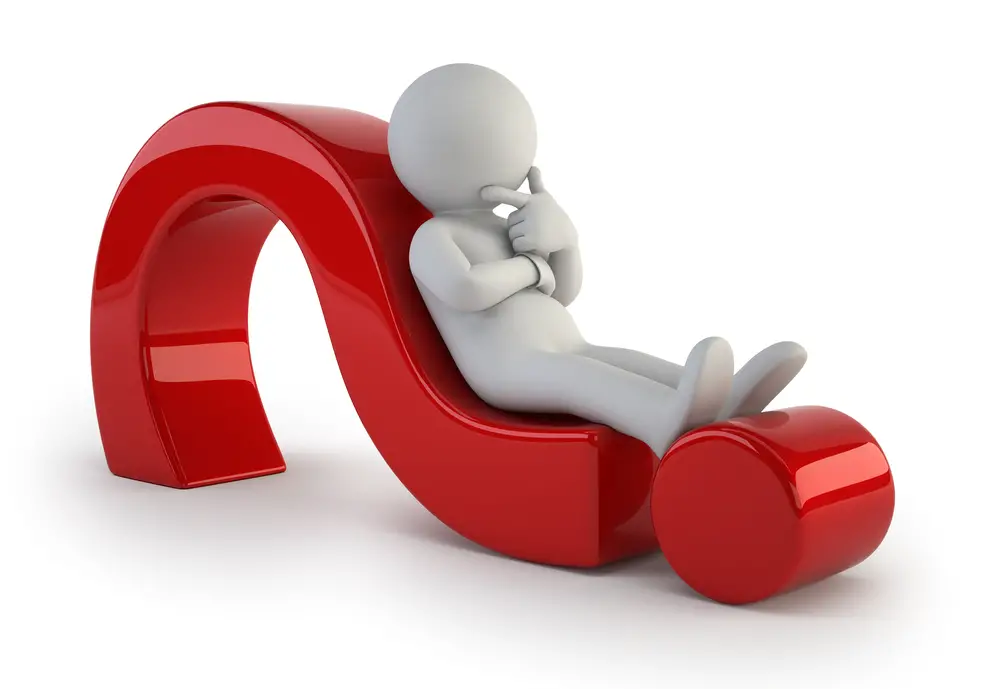Clean Room Quiz 3
Question: When need to plan for testing and verification testing should be conducted according to the ISO 14644?
Answer: Testing should be carried out at minimum during the following instances:
- a) In connection with classification according to ISO 14644-1;
- b) At verification during start-up;
- c) At verification after failures have been identified and rectified;
- d) At verification after modification;
- e) During periodic testing.
Question: What should be considered in establishing the appropriate intervals for periodic testing?
Answer: A risk assessment should be conducted to determine the suitable intervals for periodic testing. Additionally, monitoring data, trends, and test results should be utilized to confirm and, if necessary, adjust the time intervals for the selected tests.
Question: What is the purpose of the air pressure difference test?
Answer: The purpose of the air pressure difference test is to verify the ability of the complete installation to maintain the specified pressure difference between the cleanroom and its surroundings, as well as between separate cleanrooms and clean zones within the installation. This test is applicable in each of the three designated occupancy states and can also be repeated regularly as part of a routine facility monitoring program.
Question: What steps are recommended before conducting the measurement of differential pressure between rooms or between rooms and outside areas?
Answer: Before starting the measurement of differential pressure, it is recommended to confirm the following:
Define values and acceptable range of differential pressure between rooms.
Ensure supply air volume and balancing of the air handling unit supplies are within specifications.
Close cleanroom components that could impact differential pressure, such as doors, windows, pass through, etc., while keeping permanent openings open.
Operate the air handling system and stabilize conditions.
Ensure extraction systems are operating as agreed and specified.
Question: What measurements should be taken during the air pressure difference test?
Answer: The pressure differences between each individual cleanroom, clean zone, and the connected adjacent room(s) should be measured. This includes measuring the pressure difference between classified room(s) connected to the non-classified surrounding environment.
Question: How can possible erroneous readings be avoided during the air pressure difference test?
Answer: To avoid possible erroneous readings, the following considerations should be made:
- a) Install permanent measuring points.
- b) Avoid taking measurements near supply air inlets, return air outlets, air movement devices, doors, and other localized high air velocity areas that may influence local pressure.
- c) Confirm the direction of flow between rooms if the measured differential pressure is lower than an agreed value, using flow visualization methods.
Question: What types of apparatus can be used for the air pressure difference test?
Answer: The air pressure difference test can be conducted using an electronic micro manometer, inclined manometer, or mechanical differential pressure gauge.
Question: What requirement should the selected apparatus meet according to the guideline?
Answer: The selected apparatus should possess a valid calibration certificate to ensure accurate and reliable measurements during the air pressure difference test.
Question: What information and data should be recorded in test reports of air pressure difference test?
Answer: The following information and data should be recorded in test reports, based on agreement between the customer and supplier:
- a) Type of tests and measurements, along with measuring conditions.
- b) Type designations of each measuring apparatus used, including its calibration status.
- c) Cleanliness classes of the rooms considered.
- d) Measuring point locations, and when necessary, the reference point location.
- e) Occupancy state(s).
Question: Why is it important to record the type of tests and measurements of air pressure difference test?
Answer: Recording the type of tests and measurements helps ensure clarity and transparency in the testing process, allowing both the customer and supplier to understand the specific procedures and conditions under which the tests were conducted.
![Clean Room Quiz 3 1 [ays_quiz id='19']](https://pharmaguidances.com/wp-content/uploads/2023/08/quiz.jpg)


